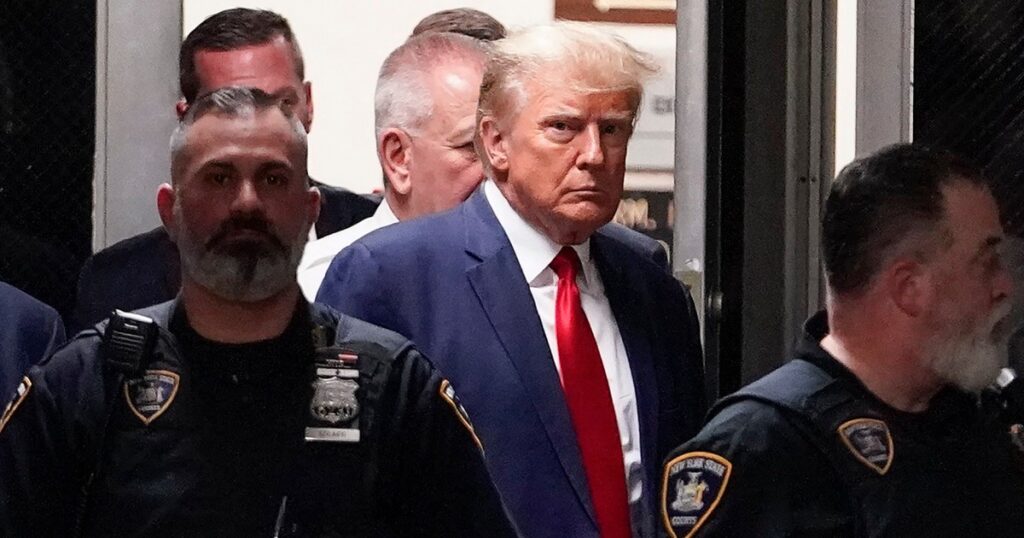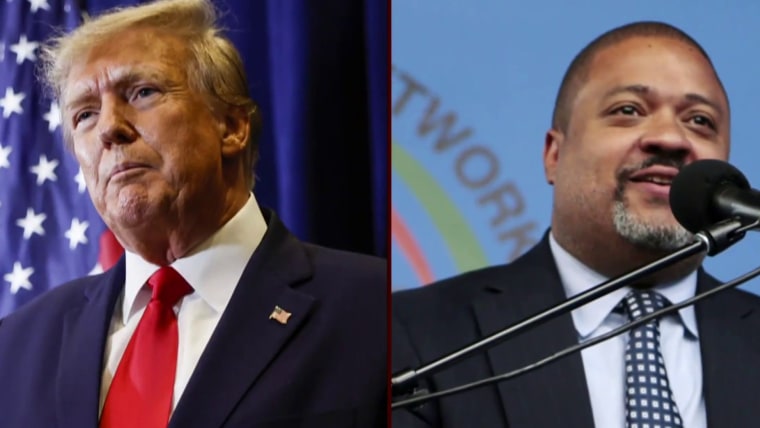Two things are clear about Donald Trump’s New York indictment. First, on the facts, Manhattan District Attorney Alvin Bragg put forth a compelling narrative of election subversion that’s bigger than a porn star payment. Second, on the law, Bragg is keeping his cards close to the vest, which he has the right to do but makes the full strength of his case harder to judge at the moment.
The indictment (which you can read here) is a bare-bones document. It lists 34 felony counts of falsifying business records in the first degree, as well as the dates on which Trump is alleged to have committed the crimes and the records he allegedly used to do so. The statement of facts (which you can read here) provides the narrative backdrop to the case, of a “catch and kill” cover-up scheme to prevent publication of seedy stories about Trump as he sought the presidency in 2016. Bragg’s prosecutors need to connect those tawdry facts to the staid law in the indictment.
Because there’s only one crime charged — 34 times, to be sure — it’s worth laying out what that law actually says, to understand what prosecutors need to prove beyond a reasonable doubt at trial, if there is one. To prove that felony, instead of the misdemeanor second-degree charge, prosecutors need to show that Trump falsified records with an intent to defraud that “includes an intent to commit another crime or to aid or conceal the commission thereof.” The misdemeanor doesn’t require another crime to be involved.
Let’s stipulate that Trump, who pleaded not guilty Tuesday, falsified records to cover up the $130,000 hush payment to Stormy Daniels in the run-up to the 2016 election. That raises two questions: What was the intent to defraud, and what other crime (or crimes) is alleged to have been involved, such that the charges became felony counts?
What was his intent to defraud, and what other crime or crimes were at issue, such that the misdemeanor charge becomes a felony?
Intent to defraud can…
Read the full article here






